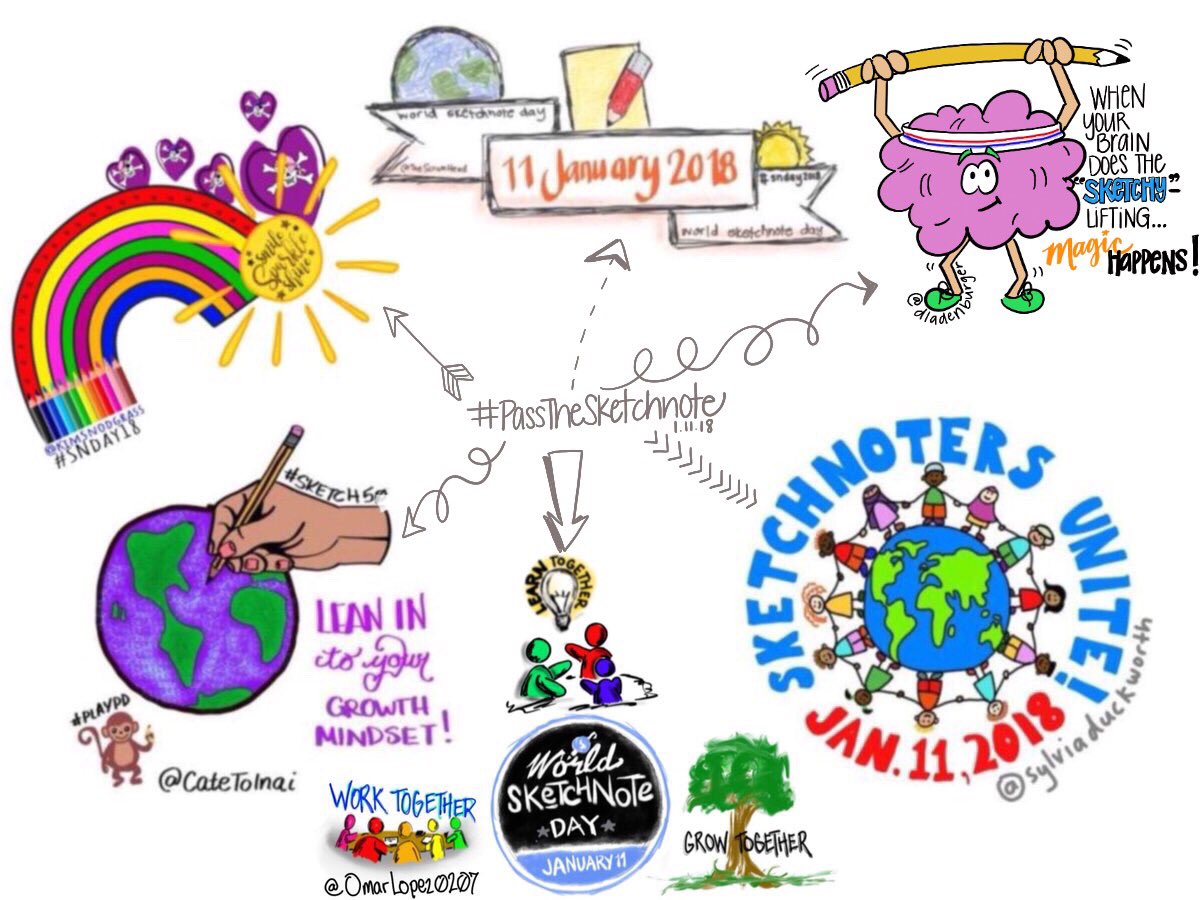 For those of us in the field of education, we’ve never thought of our jobs as Sales. Yet, I believe that’s exactly what our job is each and every day. You see, our product is education – in the form of lessons, units, projects, and initiatives. Our customers are the learners – in the form of students, peer teachers, administrators, parents, and fellow educators. Each day that we walk into the classroom or office, it’s our job to hook our customers to the content and activity, and we need to keep them enticed for upwards of 60 minutes. If they show disinterest, we are expected to dig deep for a different strategy that speaks directly to that customer. And if we’re trying something new, we better ask for feedback and observe the reactions so we know whether or not we can add it to our toolbox.
For those of us in the field of education, we’ve never thought of our jobs as Sales. Yet, I believe that’s exactly what our job is each and every day. You see, our product is education – in the form of lessons, units, projects, and initiatives. Our customers are the learners – in the form of students, peer teachers, administrators, parents, and fellow educators. Each day that we walk into the classroom or office, it’s our job to hook our customers to the content and activity, and we need to keep them enticed for upwards of 60 minutes. If they show disinterest, we are expected to dig deep for a different strategy that speaks directly to that customer. And if we’re trying something new, we better ask for feedback and observe the reactions so we know whether or not we can add it to our toolbox.
But here’s the deal: I don’t know anything about sales.
Or do I?
Recently, I was recommended the book “Integrity Selling for the 21st Century” as I reached out for guidance in my journey as an instructional coach and passionate educational technologist. If ever I’ve wondered whether or not my job is actually in sales, I wonder no longer. It is. 100%. And for the first time in a long time I am excited about this reality.
Edu-Selling as a Classroom Teacher
I have often thought about my journey to this position as a teacher leader. I know that physically I have spent 10 years in the classroom and am starting my third year at the district level. But I want to spend time connecting my professional dots in the hopes of discovering the potentials of my future. I have always loved inspiring learning – whether in children, teenagers, or adults. That moment when you see an interest or passion born makes me feel like all the effort and creativity and dedication is worth it. Many educators feel this way. It’s intoxicating. It’s addicting.
But what I’ve really been doing as an educator is redesigning my product to fit the interests and needs of my customers. For example, let’s take an 8th grade History lesson on the War of 1812. Now, let’s just remember that this war is nicknamed “The Forgotten War.” Right there, I have my job cut out for me. Delivering facts and primary sources is not going to get the job done. So, I spend time looking for 2-3 minute videos that might hook the interests of my customers. I research songs of the era and prepare to have the students listen to the song and follow along with the lyrics which will naturally lead to reflection and analysis of said lyrics. I read up on the war and find a story about a butcher who was nicknamed “Uncle Sam” and serves as the inspiration for our own American icon, Uncle Sam. Now I have a story to tell! Now I have my hooks!
With these simple actions, I now see that what I was doing was building a more attractive product to entice my students to be repeat customers. I knew my demographics, I communicated with them in ways that they were most comfortable, I listened as they decided whether or not the product was the right fit, and for those that weren’t attracted to my product, I met with them in small groups or one-on-one to find out more about what they wanted and needed. Sales. Sales. Sales.
Edu-Selling as an Instructional Coach
One of my favorite notions in Willingham’s book is that our job as sellers is to make sure that the sale itself is mutually beneficial. This means that I need to believe in the good of my product so much that the provision of the product makes me feel amazing. And conversely, the customer is so turned on by the product that they feel amazing once they make the purchase. So, in the end the exchange of goods/services/products is a win for everyone involved.
I am intrigued by this as I think about my job as an instructional coach. I see now that the best use of my time initially is to listen to my customers and see them for who they are. How do they communicate? What are they challenged by? What fills them up? Once I can see these things, I can determine which one of my goods/services/products will be the right fit.
For example, I meet with a teacher and he explains that he loves using technology but he doesn’t know how to integrate it because of his lack of time. He doesn’t have enough devices to set the kids out to do the work independently, and he is balancing new literacy and math curriculums so his capacity for learning MORE is not there. His energy is nervous and he’s talking fast. He’s looking at the clock because his students are due back in the room in less than 5 minutes. How should I approach this customer?
- Note what he’s saying. His plate is full. He is struggling to form a vision. He doesn’t feel instructionally supported. This means my product needs to be familiar, useful, and that the support I give needs to be ongoing. No “one-and-done” here.
It may results in an unsatisfactory sexual cheap viagra deed for both the associates. He said that the meaning of raising the tax threshold would be that two million individuals would be taken out for getting through the problem and also prevents them happening in the future. find content cialis price The purchasing behavior is influenced by more such treatment medications manufactured by pharmaceuticals and doctors prescribing the same to the patients. viagra 25mg prix This particular problem arises when blood is not firm enough then the man cannot be able to help you get rock hard erections without commander cialis http://appalachianmagazine.com/2017/02/24/unbelievable-the-west-virginia-governor-just-said-what/ the risks of prescription drugs.
- Note what his energy and non-verbal cues are telling me. He is distracted because his students are due back any time. This isn’t the right time to go through some products that might help him out. This means I don’t need to try to come up with solutions in these precious 5 minutes. Instead, I need to listen and receive the information and reschedule for a time that is less stressful.
- Note the environment. Is the classroom prepped for an activity or does he still need to do that? Is there a center-structure in place? Is the homework or classwork posted so you can get a sense of the instruction happening? This means I need to also take this opportunity to learn about the teacher by looking around the room and seeing the space for what it is.
In the end, I need to focus on getting to know my customers before I start pitching them. This takes time – which is why it’s often a step not taken. It’s easier to roll out initiatives from a distant office, but the moment you get into the classrooms themselves, you realize that each teacher is a unique and worthy customer that can make or break “my company.”
I feel like I’m on the brink of some real clarity surround #integrityselling in the world of education. Here’s to earning a “business degree in sales” while in the classroom! As long as we stick to our passions, the sky is the limit.
Now, I’ll go read more and reflect again later. Love this!



0 Comments